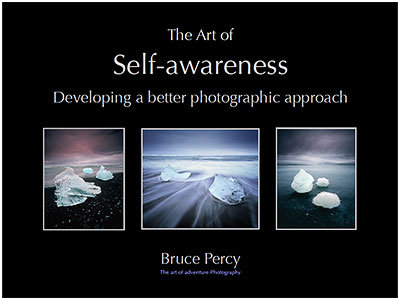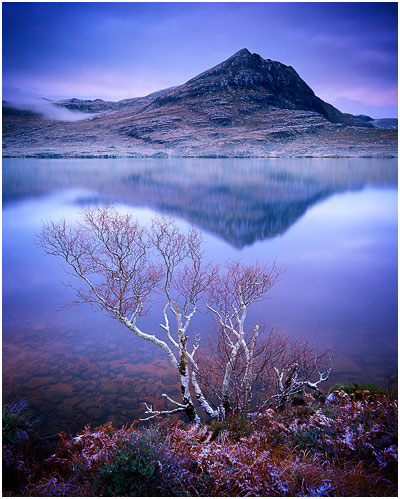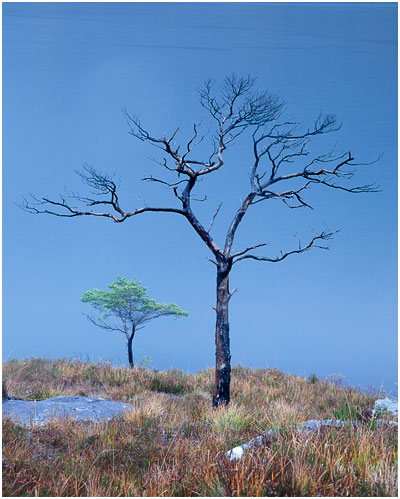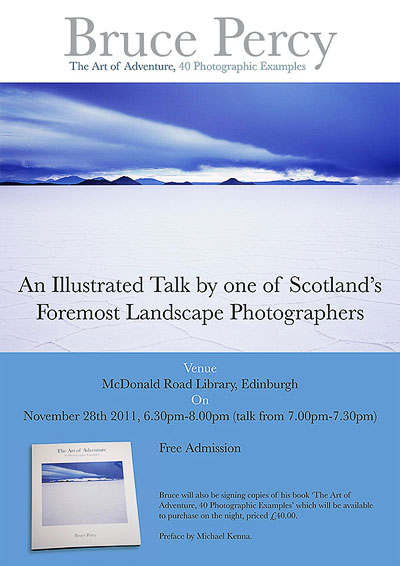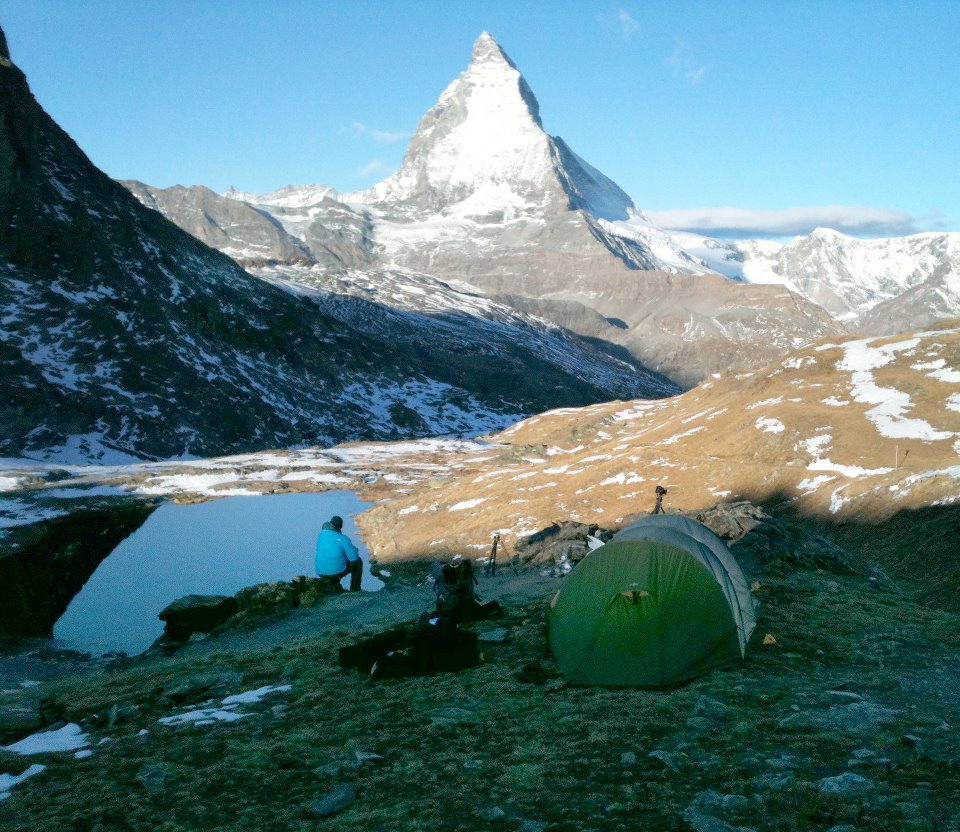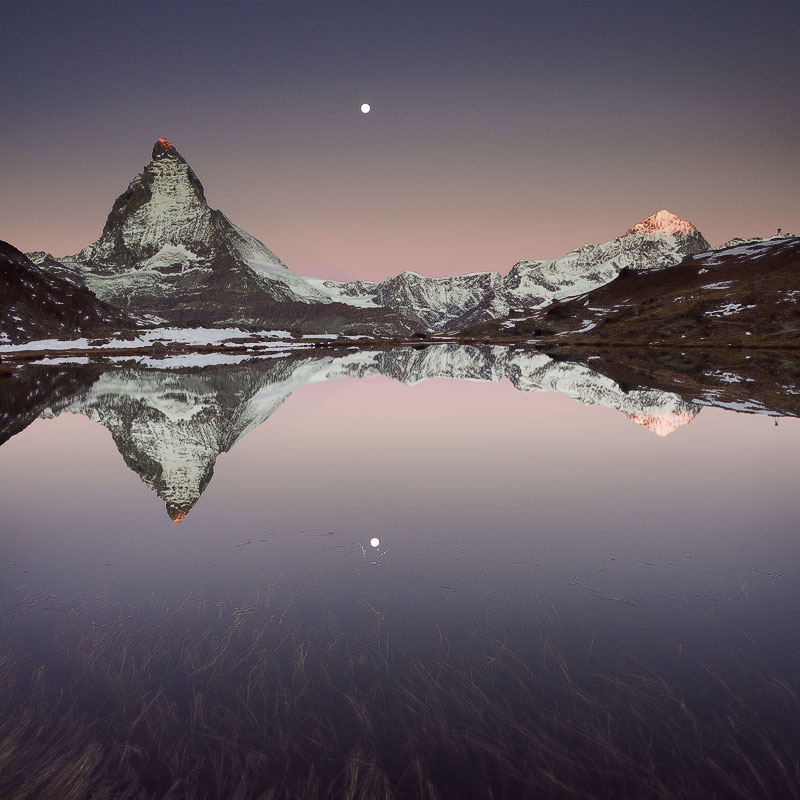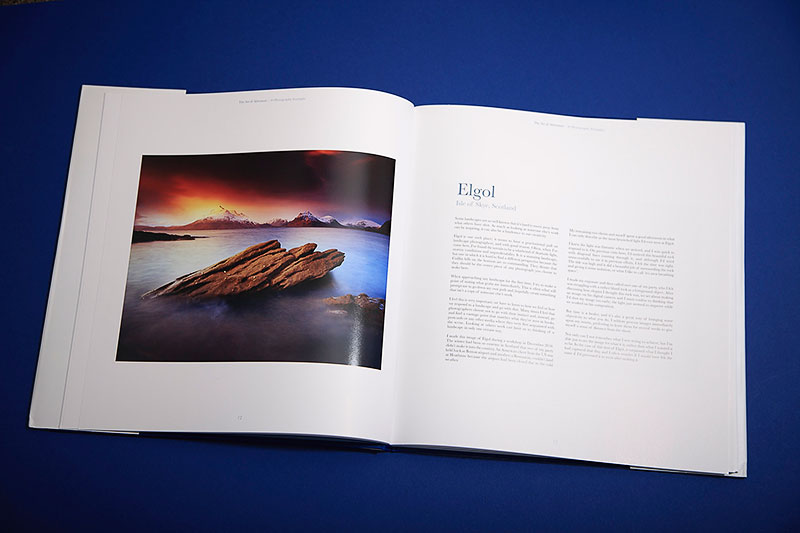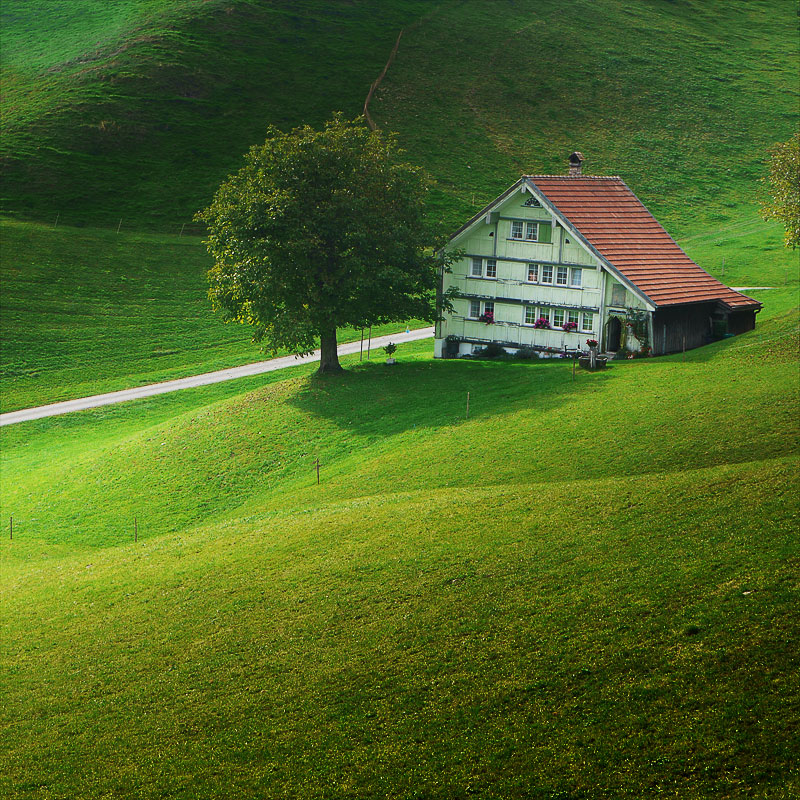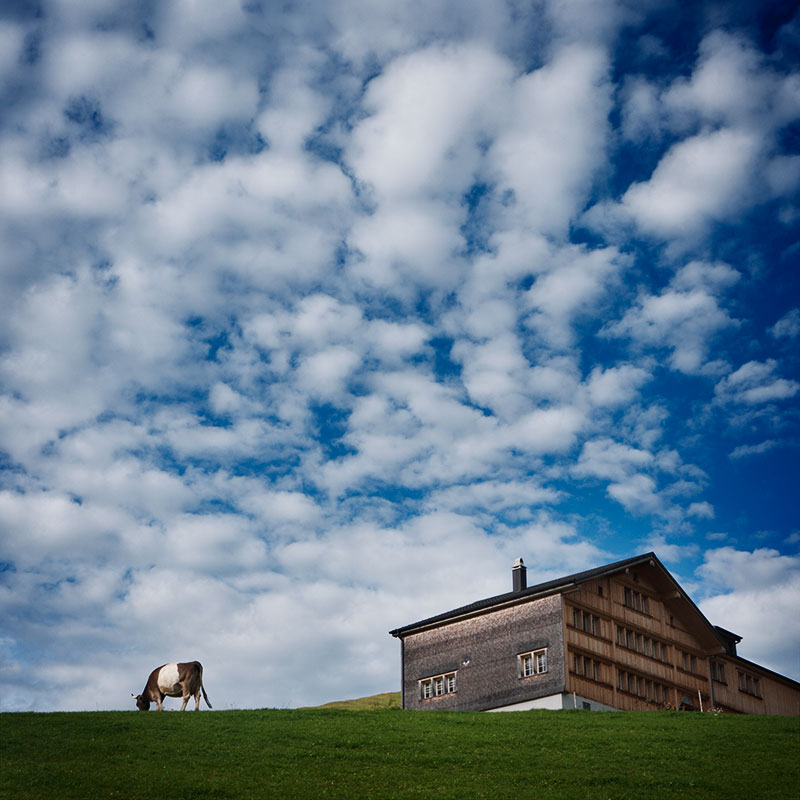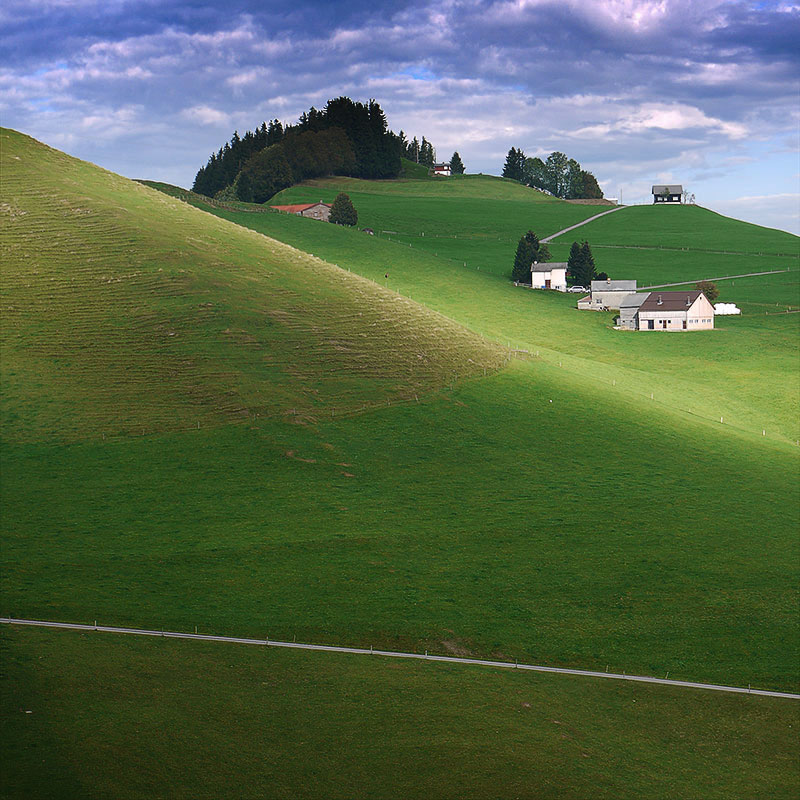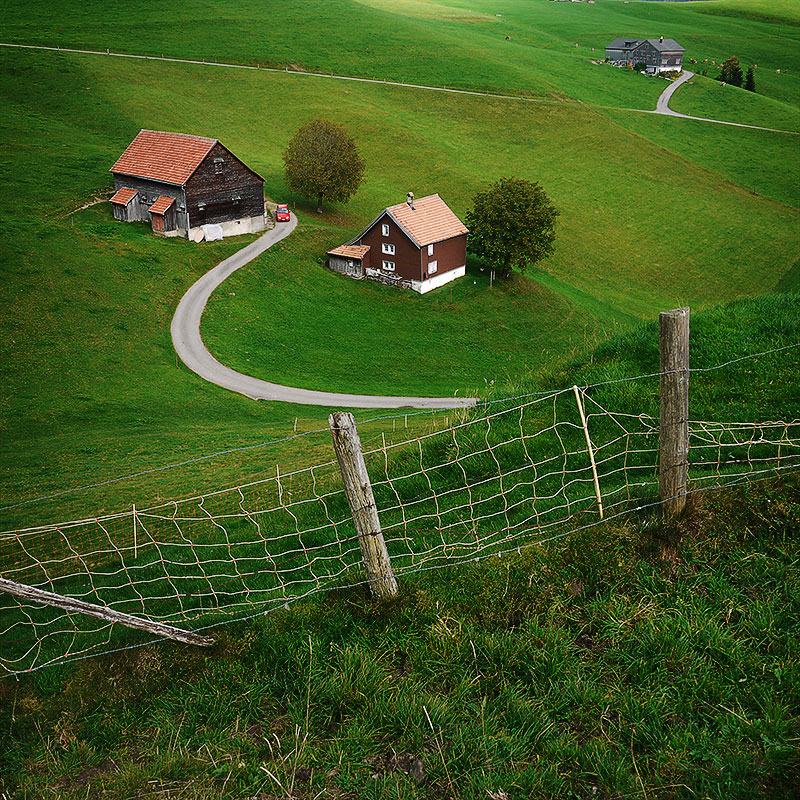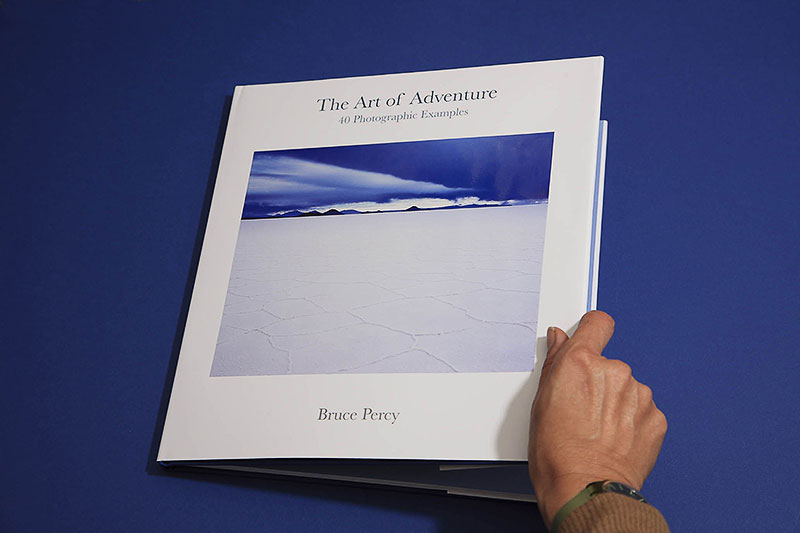Every now and then, I come across a book, or a set of photographs that surprise me. In the case of David Maisel's book 'A library of Dust', I'm reminded that subject matter can be found anywhere, and even the most unlikely of places can yield images that are fascinating. I'd highly recommend looking at David's site for more of his projects. There are a lot of thought-provoking themes in his work, and I've just bought two of his books because of what I've seen there.
In 'A Library of Dust', David has found over 3,000 metal canisters of cremated remains, tucked away at the back of a disused asylum. Personally, I'm not interested in the morbid aspects to these images, nor the fact that the cremated remains were that of people who were mentally unwell. That, I feel, is like looking for an angle of torment to a story. It simply does not appeal. But what does appeal, is the colours that these canisters present. As he describes them:
"The etching of the copper, and the intensely hued colors of the blooming minerals combine to individuate the canisters. These deformations sometimes evoke the celestial - the northern lights, the moons of some alien planet, or constellations in the night sky".
There's a sense of beauty to these objects.
A book like 'A library of Dust' provides beautiful images of copper canisters. They themselves are landscapes in miniature and David has wrapped them up with an interesting theme.
I'm reminded also, that photography can cover subjects much more wider ranging than just landscape or portraiture. I like to cover books like this one on my blog, to remind us, that there's a whole world of photography out there that most of us have never engaged in nor considered as part of the medium.
On that note, I'd like to say that what I do with my own photography, in the scheme of things, is rather narrow. In fact, I believe that most people who have an interest in photography often don't get further than landscapes, and within that narrow realm, some can't go beyond what they saw. I've often said that photography is not 'real'. We do not see in 2D, we do not see with wide angle lenses, and we do not have the dynamic range of a digital sensor. As human beings, we interpret, engage and respond to our surrounding environment in many ways, and for that matter, a book like 'A library of dust' is a reminder that we can go beyond the normal confines of our own aesthetics, be inspired, and perhaps find something new and and interesting to photograph.
A Library of Dust is available from Beyond Words.




